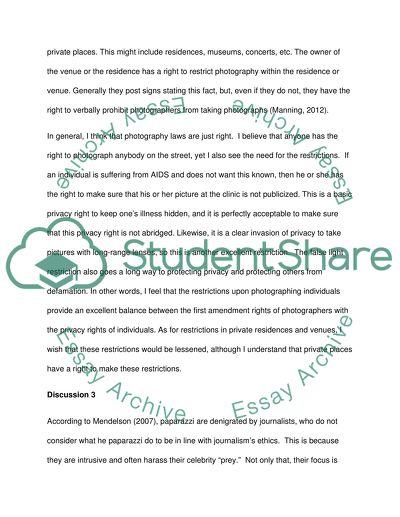Cite this document
(“Photography Essay Example | Topics and Well Written Essays - 1000 words”, n.d.)
Retrieved from https://studentshare.org/visual-arts-film-studies/1457470-photography
Retrieved from https://studentshare.org/visual-arts-film-studies/1457470-photography
(Photography Essay Example | Topics and Well Written Essays - 1000 Words)
https://studentshare.org/visual-arts-film-studies/1457470-photography.
https://studentshare.org/visual-arts-film-studies/1457470-photography.
“Photography Essay Example | Topics and Well Written Essays - 1000 Words”, n.d. https://studentshare.org/visual-arts-film-studies/1457470-photography.


